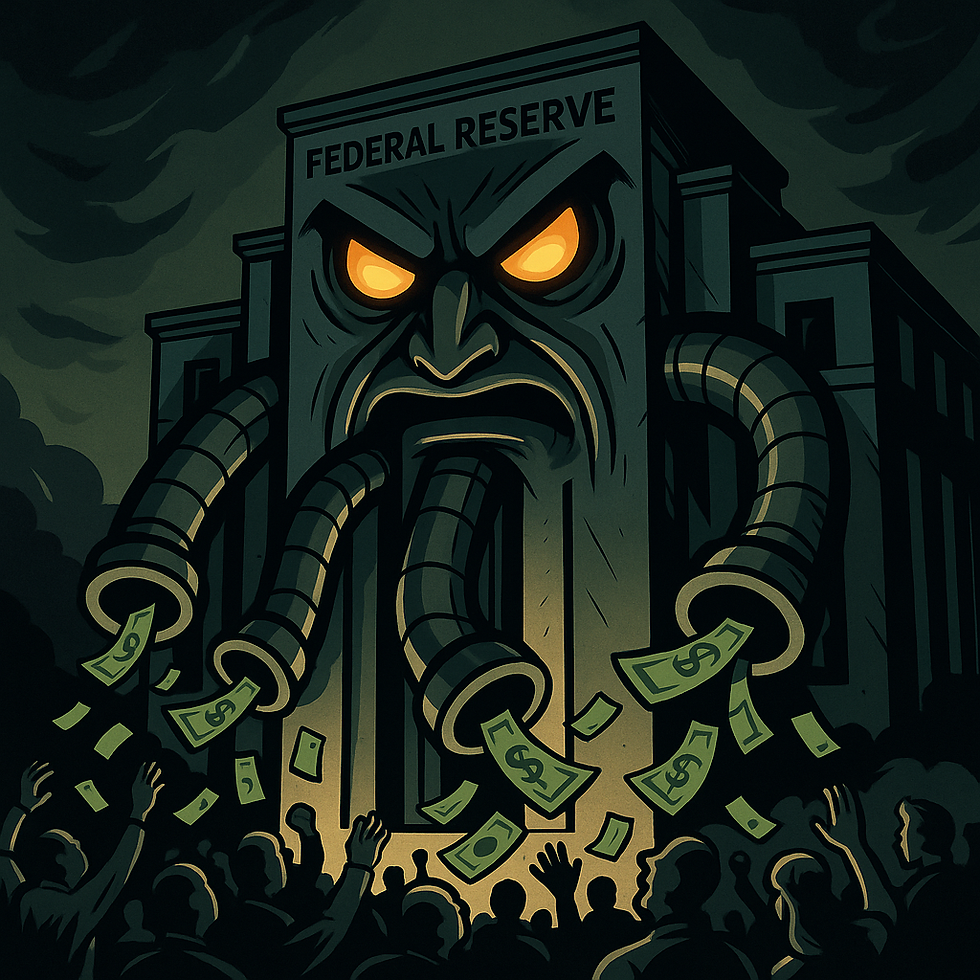Reciprocal Tariffs: A Misnomer of the Highest Degree
- Jack Connors
- Apr 15
- 2 min read
Trump's reciprocal tariffs aren't reciprocal or tariffs. On April 2nd, he held up a board claiming to show two things: the tariffs other countries charge us, and the tariffs we’re about to charge them. Neither are accurate.
Let’s start with the so-called “tariffs other countries charge us.” Those numbers aren’t tariff rates at all — they’re just our trade balances. For example, Japan charges an average 3% tariff on U.S. goods, yet Trump’s chart shows 46%! That’s not a tariff — that’s our trade deficit. And tariffs and trade deficits are two very different things. A trade deficit just means we buy more from a country than they buy from us. It’s not inherently bad, and it doesn’t need to be “fixed.” We import meat and eggs from New Zealand; they import spacecraft from us. Why would we need to exchange the same dollar value of each?
Then there’s the second half of the board: our “reciprocal tariffs.” These, too, are based on our trade deficit with each country — not on the actual tariffs they charge us. And even that number has been arbitrarily halved and floored at 10%. So the administration set out to fix trade imbalances with tariffs... calculated those tariffs as the deficit... then cut the number in half and made sure no one paid less than 10%. If it feels made up, that’s because it is.

To their credit, the White House admits this was too complex to do properly. In their Reciprocal Tariff announcement, they wrote:
"While individually computing the trade deficit effects of tens of thousands of tariff, regulatory, tax, and other policies in each country is complex, if not impossible, their combined effects can be proxied by computing the tariff level consistent with driving bilateral trade deficits to zero.”
Translation: we guessed.
Even the back-of-the-napkin math gives away what they won’t say out loud. The formula used to justify these tariffs assumes that 25% of the cost will be passed on to consumers as higher prices. With an average proposed tariff of 41%, that means prices rise by about 10%. Tariffs are taxes — that’s not controversial. But this is the first time Trump’s team has acknowledged it, even if only in Greek letters. Here’s the actual formula from the White House:





